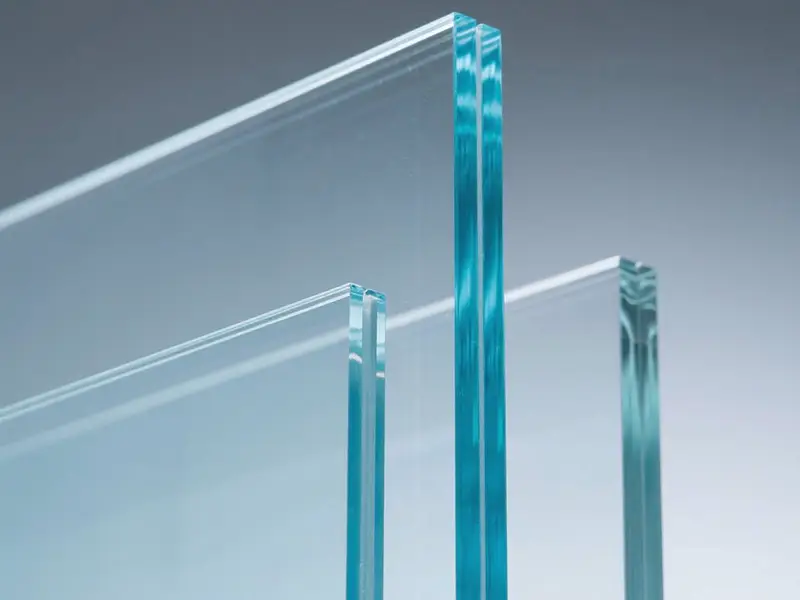The difference between tempered glass and ordinary glass, an article to help you understand
In daily life, tempered glass and ordinary glass are common materials, but they have significant differences in multiple aspects. Understanding these differences helps us make wiser decisions when choosing and applying.

1、 Basic concepts
1. Tempered glass: a type of safety glass that forms compressive stress on the surface and tensile stress inside the glass through chemical or physical methods, greatly improving the strength of the glass. When glass is damaged by external forces, the fragments will form blunt edged small particles resembling honeycomb shapes, which are not likely to cause serious harm to the human body.
2. Ordinary glass: Without special reinforcement treatment, it is the most common type of glass.
2、 Safety comparison
1. Tempered glass: It has high safety, even if it is broken by impact, it will shatter into blunt angle small particles, and it will hardly cause harm to the human body.
2. Ordinary glass: After breaking, it is easy to produce sharp fragments, posing a significant safety hazard to the surrounding environment and personnel.
3、 Strength and durability
1. Tempered glass: Its strength is several times that of ordinary glass, and it can withstand greater pressure and impact. Its bending strength and impact strength have been significantly improved, making it suitable for applications that require high mechanical strength.
2. Ordinary glass: It has relatively low strength and is easily affected by external forces to break.
4、 Thermal stability
1. Tempered glass: It has good thermal stability and can withstand large temperature changes without breaking. It can withstand a temperature difference three times that of ordinary glass and can withstand temperature changes up to 300 ℃.
2. Ordinary glass: has poor thermal stability and is prone to cracking under rapid temperature changes.
5、 Application scenarios
1. Tempered glass: widely used in fields such as architecture, automobiles, and home appliances, such as curtain walls for high-rise buildings, windshields for automobiles, and panels for home appliances. These fields have high requirements for material safety and strength, making tempered glass the preferred material.
2. Ordinary glass: It is widely used in some situations where safety and strength requirements are not high, such as windows, mirrors, ordinary household utensils, etc.
In summary, there are significant differences between tempered glass and ordinary glass in terms of safety, strength and durability, thermal stability, and application scenarios. When choosing to use, reasonable decisions should be made based on specific needs and situations. For occasions that require high safety and strength, tempered glass is undoubtedly a better choice; For some occasions where safety and strength requirements are not high, ordinary glass is more economical and practical.
TAG:
Related Posts
How Glass Partitions Enhance Natural Light in Commercial Spaces
MESSAGES
We will contact you within one working day. Please pay attention to your email.
Sorry,当前栏目暂无内容!
您可以查看其他栏目或返回 首页
Sorry,The current column has no content!
You can view other columns or return Home
COOKIES
Our website uses cookies and similar technologies to personalize the advertising shown to you and to help you get the best experience on our website. For more information, see our Privacy & Cookie Policy
COOKIES
Our website uses cookies and similar technologies to personalize the advertising shown to you and to help you get the best experience on our website. For more information, see our Privacy & Cookie Policy
These cookies are necessary for basic functions such as payment. Standard cookies cannot be turned off and do not store any of your information.
These cookies collect information, such as how many people are using our site or which pages are popular, to help us improve the customer experience. Turning these cookies off will mean we can't collect information to improve your experience.
These cookies enable the website to provide enhanced functionality and personalization. They may be set by us or by third-party providers whose services we have added to our pages. If you do not allow these cookies, some or all of these services may not function properly.
These cookies help us understand what you are interested in so that we can show you relevant advertising on other websites. Turning these cookies off will mean we are unable to show you any personalized advertising.









